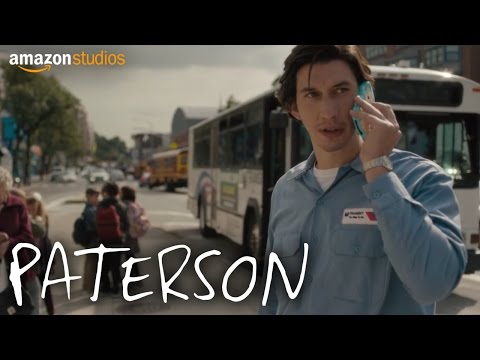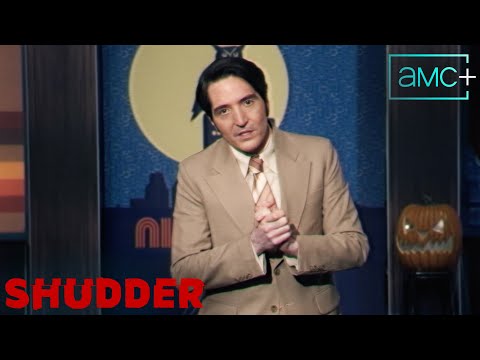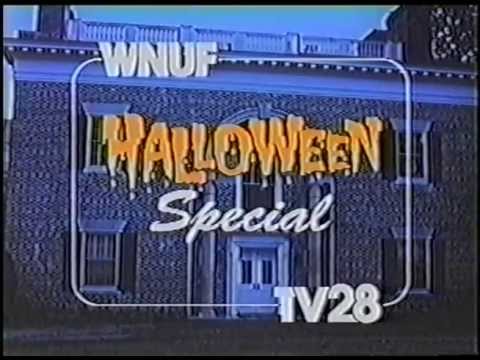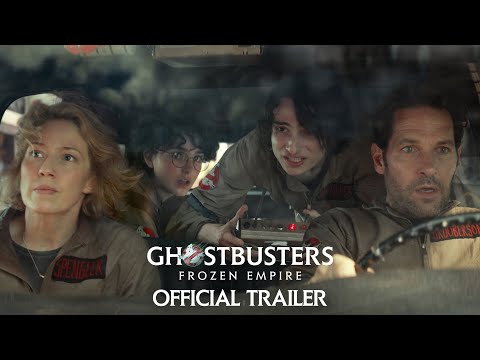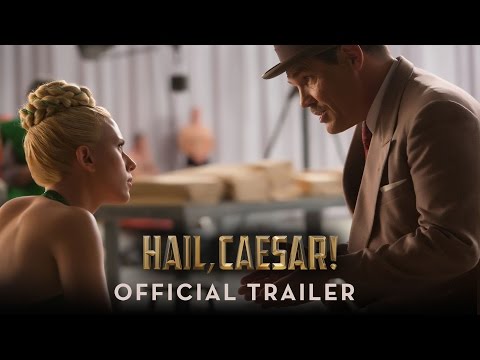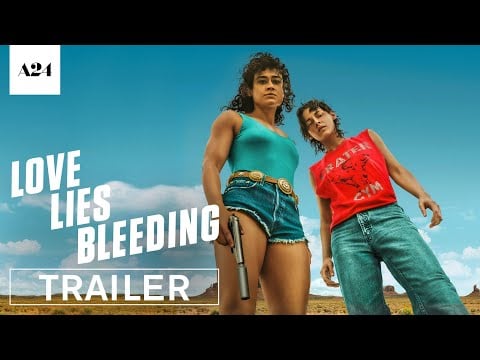Adam Wingard’s “Godzilla x Kong: The New Empire” is silly, exciting and astonishing in its lack of originality.
It cobbles a bursting-apart screenplay from at least 20 other movies.

Rebecca Hall is back as the lead scientist, still raising her Kong-loving daughter and working as an ambassador for The Titan Project. She’s our lead protagonist who isn’t a skyscraper-tall monster.
This time, Hallowed Earth, the lush, gravity-lite and expansive world in the center of the Earth (Jules Verne’s family deserves a royalty check for this movie) is the meeting place for the title characters, as an undiscovered group of inhabitants and a vicious, unwelcome presence await the arrival of a giant ape and his lizard frenemy.
This is the epitome of American Godzilla movies so far – loud and Jerry Bruckheimer-esque. The timing is slightly off, as the terrific “Godzilla Minus One” (2023) is still fresh in the mind.
For me, the series hit an all-time peak with the startling, satirical “Shin Godzilla” (2016). While the much loathed (but slightly better than most remember) Roland Emmerich “Godzilla” (1998) is officially the first American take on the character, this Warner Brothers/Legendary Films variant started with Gareth Edwards’ great “Godzilla” (2014), moved onto the awful “Godzilla: King of the Monsters” (2019), then redeemed itself with the Pandemic-era sleeper (and the movie with an opening strong enough to prove audiences were ready to return to theaters) “Godzilla Vs. Kong” (2021).

The American Godzilla movies rarely use the title character as an allegory for post-WWII horrors and/or a cautionary tale for nuclear weapons. Of course, they don’t.
Not all of the vintage Toho releases were, either.
Sometimes, Godzilla was the walking embodiment of destruction but even more so, he is the hero of monster movies. A lot of these movies, even the greatest ones (I’m looking at “Godzilla vs Mothra” and “The Return of Godzilla”/ “Godzilla 1985: The Legend is Reborn”) are ridiculous.
They’re also wonderful, whether acting as monster-mash metaphors with suited actors smashing against cardboard sets, or CGI-fueled disaster films in which the monsters stand in for our disconnection and ability to rebuild after tragedy.
Sometimes it’s as simple as “Godzilla vs. Hedorah”/ “Godzilla vs The Smog Monster” (1971), which is as on-the-nose with its ecological message as it can be but still enthralling and fun.
What I’m getting at is, I love these movies and don’t mind that the early or recent Kaiju films are all absurd.
RELATED: GIVE 1976’s ‘KING KONG’ ITS (LIMITED) DUE
The problem with “Godzilla x Kong: The New Empire” isn’t embracing the ridiculous, as the film has a healthy sense of humor, often commentating on its goofiness and only allowing itself to get serious for a patch of time.
What isn’t impressive is the library of popular movies this latest installment clearly stole from. There’s a lot of entertainment value here, Xeroxed from many of your favorite popcorn movies.
There are scenes, images, lines of dialogue and camera angles “borrowed” from “Avatar” (both of them), “Transformers” (all of them), “Indiana Jones” (parts 2 and 4), “Planet of the Apes” (the recent ones), “Jurassic Park” (all of them) and anything directed by Michael Bay since 2001.
View this post on Instagram
Hall demonstrates her acting ability by trying hard to not make every line sound like it was written for the trailer and little else.
Hall has a line, very late in the film, that was likely added through ADR, in which she ponders “Alright, we’re underneath the pyramids. Now what?”
Instead of cramming the movie with actors either trying too hard or just attempting to maintain their dignity, how about a dialog-free Toho adaptation? The standing-around-and-talking scenes were easily the weak point of the otherwise robust “Godzilla vs. Kong” (2021).
It might be time to consider how much audiences really care about these human characters and whether we need these exposition breaks?
The “Empire” fight scenes are often breathtaking, even as these altercations make me wonder if Kong and Godzilla had studied the wrestling moves of The Ultimate Warrior and Jimmy “Superfly” Snuka. I’m not complaining, but there’s also a video game influence that reveals itself when this becomes the second movie in a row where Kong is able to “power up” after losing a rough tussle.
I liked the recent “Godzilla vs. Kong” slightly more than this one but am still impressed by the WETA-aided visual effects, which make me connect with the monsters and really watch the facial reaction “acting” from the creatures.
Thankfully, this is much better than “Godzilla: King of the Monsters” and, once again, made me care about the title characters a great deal.
There have been better ‘zilla thrillers than this one. However, if you only see one movie this year where the bad guy uses a spinal cord studded with a glowing dagger as a weapon, make it “Godzilla x Kong: The New Empire.”
Two and a Half Stars
The post ‘Godzilla x Kong: The New Empire’ Is the Anti-‘Godzilla Minus One’ appeared first on Hollywood in Toto.
from Movies - Hollywood in Toto https://ift.tt/7FXu6ce

 (@odeoncinemas)
(@odeoncinemas)
